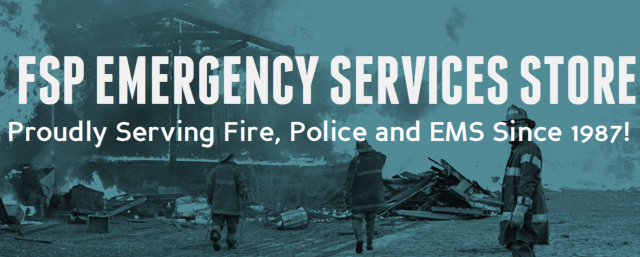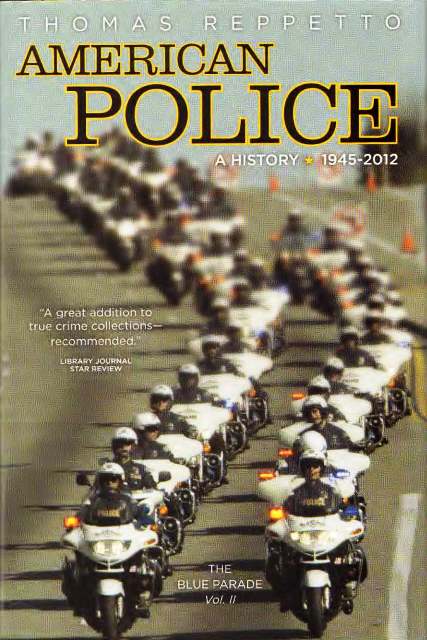Thomas Reppetto
In more than ten years after WWII America saw few changes to law enforcement as it had been practiced for over a century. The little known San Francisco riot of August 1945 announced the more violent events of the next half century.
The policing methods remained unchanged until the 1953 kidnapping of Bobby Greenlease in Kansas City, Missouri that shook the country and showed the severe deficiencies that existed in local and federal agencies.
Civil Rights and major riots tore open the 1960s. Watts, Detroit and Newark were the tragic proof of how local police departments couldn’t handle the disorders that engulfed those cities.
The anti-war protest at the 1968 Chicago Democratic Convention plays an important part in this narrative since the author was in charge of convention security. The police department was split about its strategy on how to deal with the protestors: a major revelation of this book. The author also had a memorable encounter with Nixon’s infamous Attorney General John Mitchell at the Department of Justice.
The two decades of the 1970s and 80s provide the lowest points in modern American law enforcement combined with times of economic uncertainty and political crisis. Only with the emergence of “zero tolerance” initiated by NY Police Commissioner William Bratton and Mayor Rudy Giuliani did the law enforcement picture show and marked improvement.
That example was followed by the entire country with mixed results. 9/11 brutally changed the landscape with the new focus on counter terror that dominated big city police departments and the appearance of Homeland Security.


